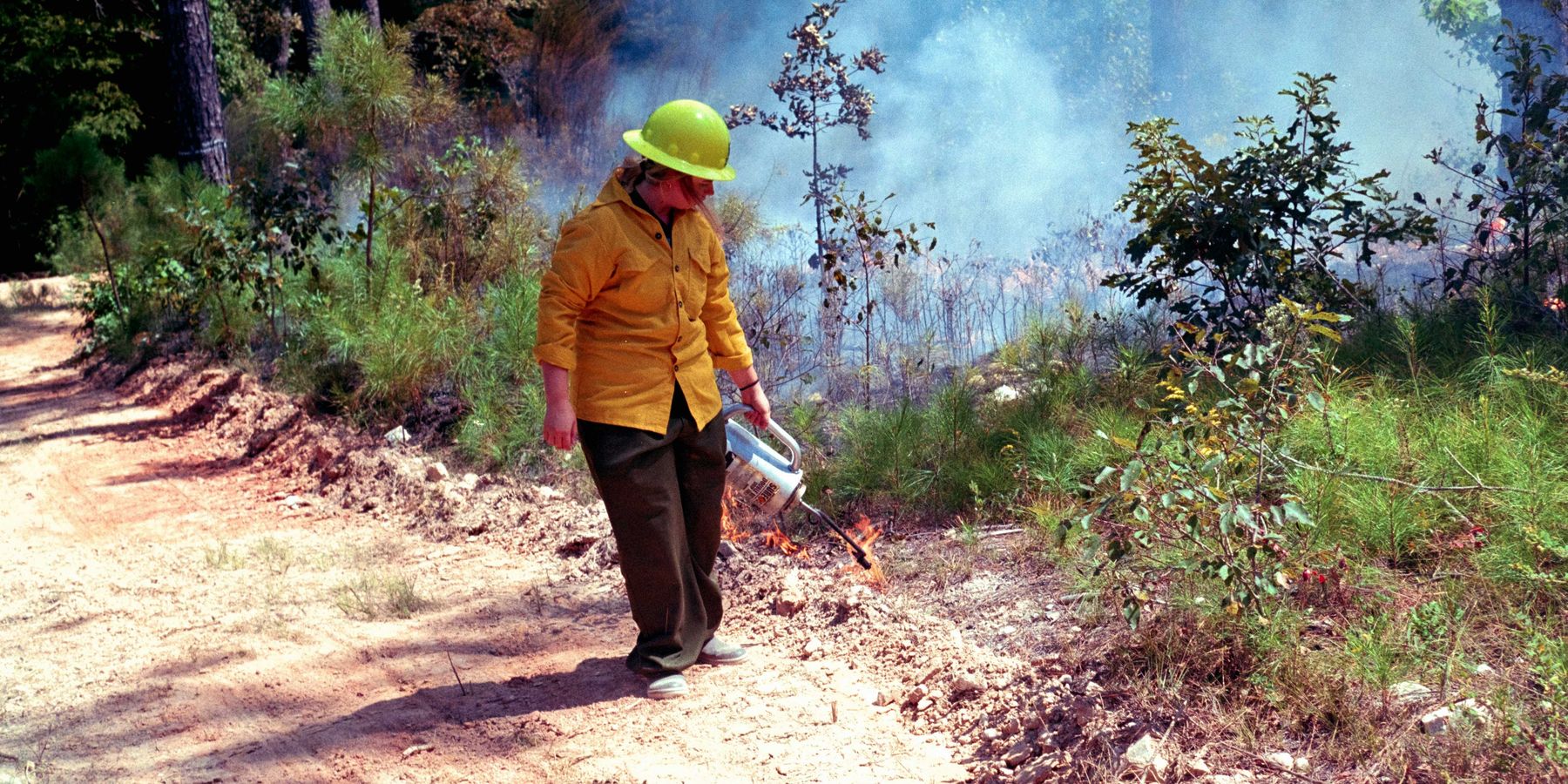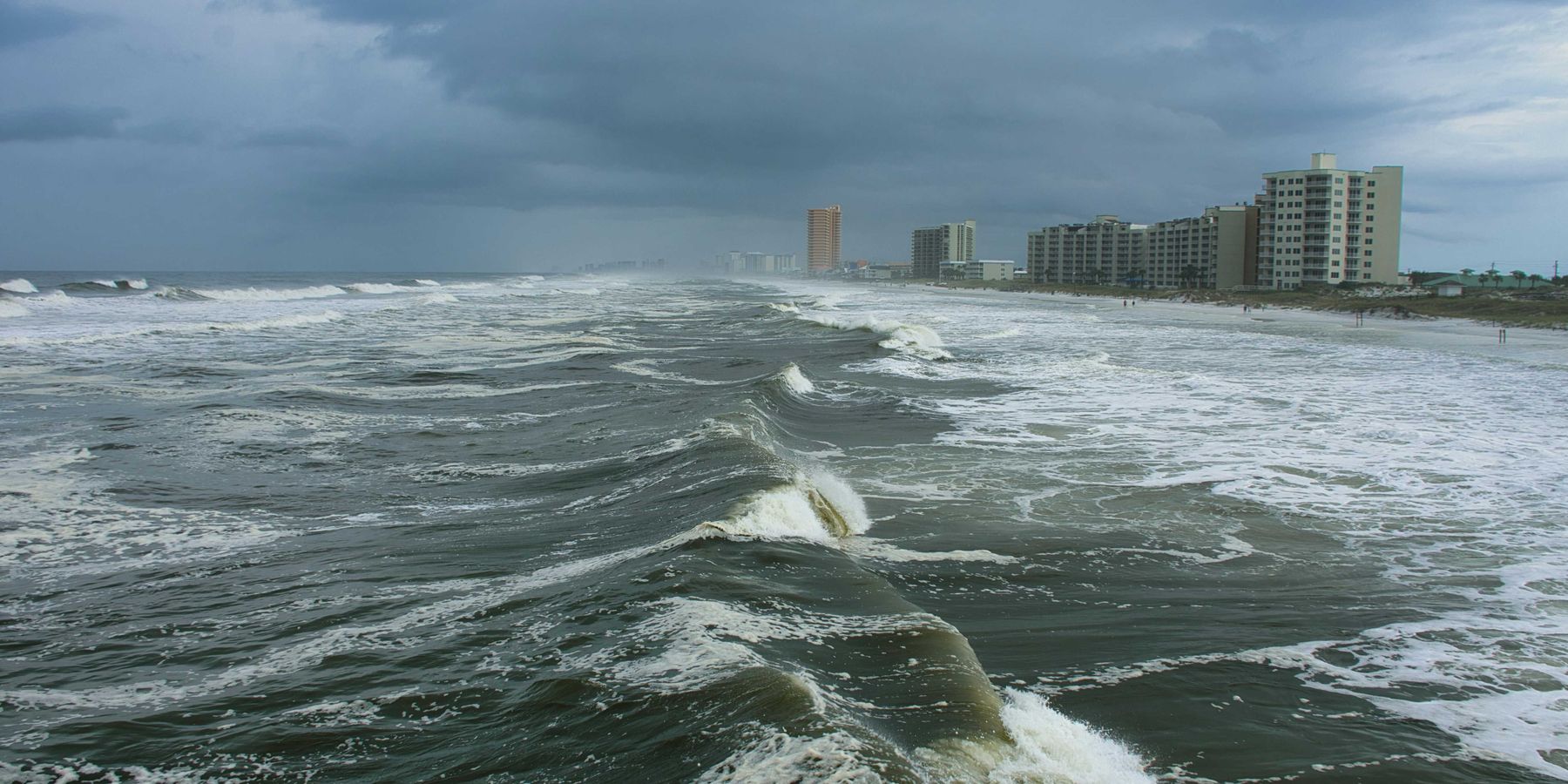Chefs get creative about restaurant food waste.
40 percent of food in the United States goes uneaten. In the restaurant industry that's $1.6 billion down the disposal.
Chefs get creative about restaurant food waste
Recology
40% of food in the US goes uneaten. In the restaurant industry this equates to $1.6 billion in waste.
August 10, 2016
Kara West
Environmental Health News
Follow @envirhealthnews
The numbers are big. $218 billion of food is wasted every year in the United States—1.3 percent of national GDP, or $1,500 a year for a family of four. In a country with 48 million food-insecure people, this represents 1,250 calories per person, every day.
For restaurants and chefs, reducing food waste is becoming business as usual. Not only does it help the bottom line – a potential savings of $1.6 billion a year in an industry with tight margins—it saves resources all along the food supply chain.
Reduce, Reuse, Recycle for restaurants
The "three Rs" mantra of enviros everywhere (Reduce, Reuse, Recycle) is equally applicable to restaurants and other commercial and institutional food services, according to Dana Gunders of the National Resources Defense Council. Gunders breaks it down like this: Plan smart and don't have extra food to begin with, feed surplus to people if possible, animals second and then look at composting as a last resort.
Restaurants that switch to smaller containers for leftovers find more food goes home. After all, who wants to lug a big box to save a little bit of food?She also points out that not all food waste is created equal. More resources go into producing animal products. Not wasting meat goes a long way in saving resources overall. Gunders compares throwing away a hamburger to taking a 90-minute hot shower, whereas throwing away an egg is like taking an 11-minute shower.
Gunders and others spoke Wednesday during a Chef Power Hour, a monthly conference call that gathers food experts, journalists and chefs from around the country to discuss issues buffeting the food system.
Miller Union Restaurant
Chef Steven Satterfield of Miller Union Restaurant in Atlanta gets even more specific, advising chefs to purchase only what they can serve in a day or two. Tracking sales trends and waste closely, engaging staff in the waste reduction conversation and accessing large-scale composting services when possible also are key. In addition, he makes it a practice to source ingredients locally whenever possible and to purchase seconds from farmers for dishes where the produce's shape or color is not integral to the quality of the dish (think gazpacho).
Donating surplus food is not often an option for well-run restaurants, says Satterfield, because the volume is usually not enough for a feeding program. Restaurants could, however, feed their own employees before and after shift, as he does at Miller Union twice a day.
Don't forget the egg. Everything, especially leftovers, tastes better with a fried egg on top. One surprisingly effective solution to reducing waste? Shrink the size of the takeout container. Restaurants that switch to smaller containers for leftovers find more food goes home, Gunders said. Apparently customers feel more comfortable taking a half a pork chop or that side salad home in a tiny package. After all, who wants to lug a big box around to save a little bit of food?
Lastly, Satterfield recommends reducing portion size on dishes that routinely come back from the table with leftovers. Restaurants can even lower the price on reduced portions and perhaps sell more overall.
Put an egg on it
Reducing food waste is great and all, but what about the actual food? Culinary creativity, after all, is what chefs aspire to and one reason we go to restaurants. Satterfield encourages chefs to embrace creativity to use every possible part of an ingredient.
Garlic and onion peels, even corncobs, can be used for stock. Carrot tops can enhance pesto and herbal sauces. Overripe berries become jams and jellies. At Miller Union, fried carrot peels are a favorite garnish.
Naotake Murayama/flickr
Specials created from diverted waste could be a chef's next culinary triumph. Satterfield created a popular $13 appetizer at his restaurant by soaking day-old bread strips in juiced kale stems and topping with apple jelly made from cores and peels and a chicken liver mousse. The mousse was inspired by a delivery of whole chickens that came with a bonus – livers still intact.
Or, Satterfield says, chefs can simply blanch and freeze excess produce for future use. And don't forget the egg. Everything, especially leftovers, tastes better with a fried egg on top.
The policy picture
Katherine Miller of the James Beard Foundation says chefs participating in their education programs are very receptive to making changes in their restaurants to reduce food waste. Still, there are barriers at the larger community and policy levels. For example, access to a large scale composting facility can be hit or miss. The Washington, D.C. area is home to 2,500 restaurants but has no composting business serving the food industry.
Betsy Barrett of Food Policy Action works to promote legislation before Congress to overhaul the U.S. food system for safety, health, waste reduction and food access, among other improvements. One bill, the Food Recovery Act, includes Good Samaritan protection for businesses donating food as well as explicit labeling for "use by" dates that distinguishes between safety and peak quality dates. Both will keep food out of the landfill and on plates, says Barrett.
The Chef Power Hour is hosted by Chefs Collaborative, a Massachusetts-based program hoping to make sustainable practices second nature for every chef in the United States. Realizing that vision, says programs director Alisha Fowler, starts with raising awareness, educating food professionals and in turn, those professionals educating their customers. A little support at the policy level doesn't hurt either.
As Dana Gunders of NRDC puts it: "If the restaurant is setting a culture and having a dialogue with their customers about food waste, that's the best way to realize change."
EHN welcomes republication of our stories, but we require that publications include the author's name and Environmental Health News at the top of the piece, along with a link back to EHN's version.
For questions or feedback about this piece, contact Brian Bienkowski at bbienkowski@ehn.org.













